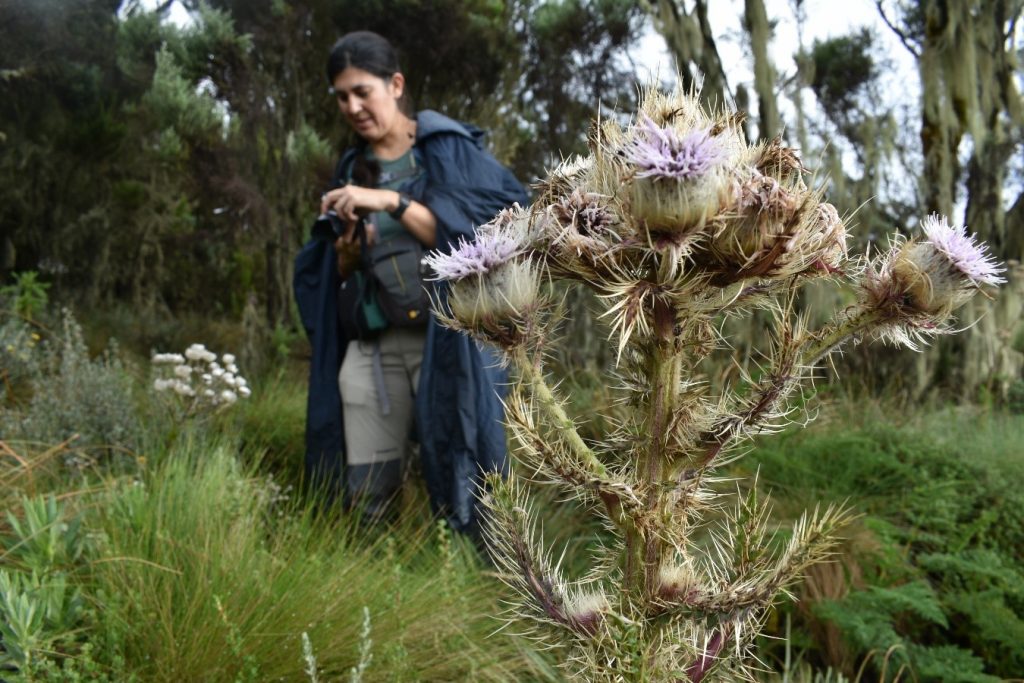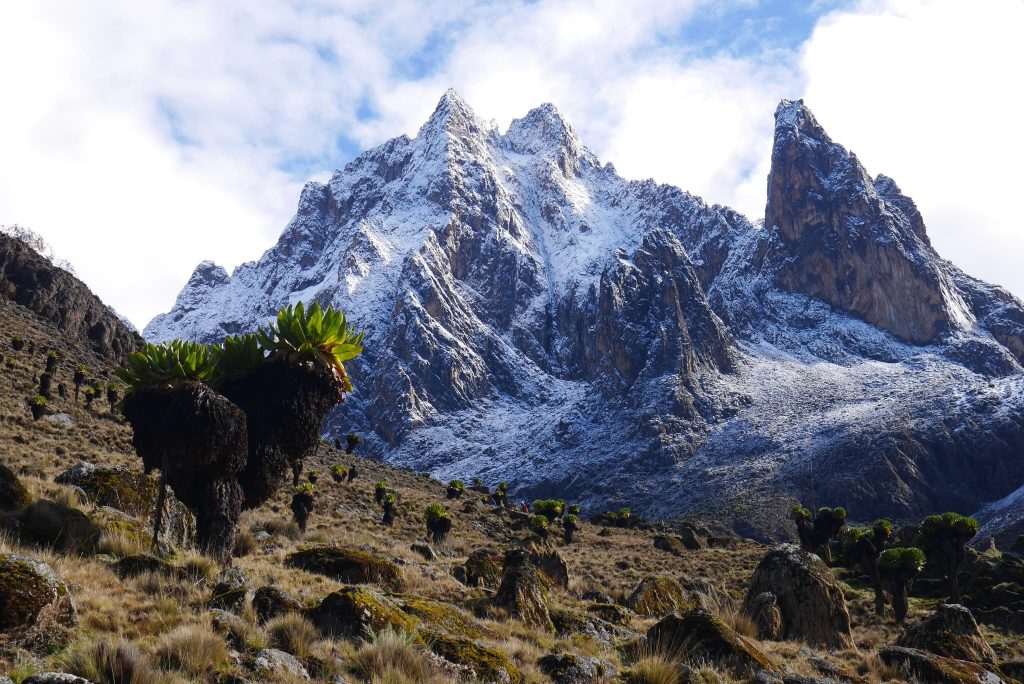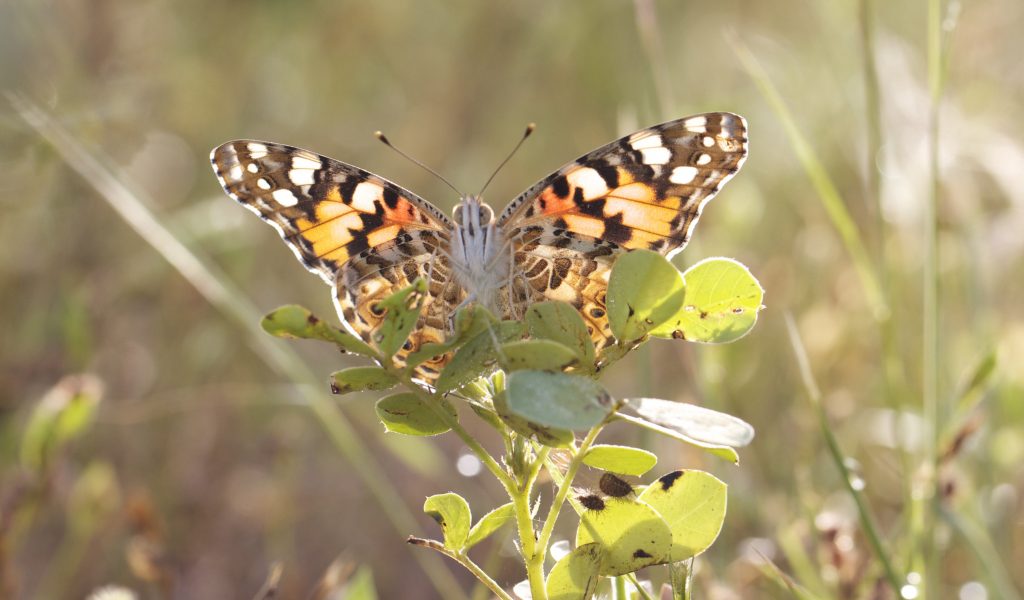Botanical Expedition in Mount Kenya and the Aberdare Range (Kenya)
Researchers Lucía Moreyra (IBB-CSIC) and Cristina Roquet (member of the CSIC-associated unit “Systematics and Evolution of Vascular Plants”) conducted an expedition earlier this year to the Aberdare Range and Mount Kenya. The expedition focused on studying the ecology, chorology, and morphology of two groups of plants from the Asteraceae family: African thistles and a group of species from the genus Helichrysum, all of which are endemic to the Afromontane region.
Currently, the Plant Biodiversity and Evolution research group is preparing several publications based on the data collected, which will enhance the understanding of the biodiversity in this region. This effort is part of a global collaborative project involving experts from different countries, with the main goal of uncovering the enigmatic evolutionary and biogeographic origin of Afromontane biodiversity.

The results of this expedition have been revealing. Evidence has been found indicating that the biodiversity within the group of African thistles has been significantly underestimated in recent taxonomic revisions. This finding is crucial for better understanding the biogeographic and evolutionary processes that have promoted the diversification of this group of plants in the mountainous ecosystems of tropical Africa. Additionally, the data collected on species of the genus Helichrysum are currently being analyzed for a study evaluating how climate change will affect the distribution of these species in the coming decades. Overall, the research resulting from this expedition will expand scientific knowledge of the taxonomic diversity, ecology, and chorology of Afromontane and Afroalpine flowers. In the current context of climate emergency and biodiversity crisis, such research is essential to improve the conservation of biodiversity refuges like the mountains of tropical Africa, such as the Aberdare Range and Mount Kenya.

The expedition, carried out as part of a project funded by the Spanish Ministry of Science, Innovation, and Universities, was made possible thanks to the combined efforts of scientists from various disciplines and nationalities, who contributed their expertise and knowledge to this research. This collaborative approach has been essential in addressing the complex challenges posed by the study of biogeography and ecology in regions as diverse and rich in biodiversity as Kenya.

The success of this expedition underscores the importance of collaborative scientific research and its fundamental role in the conservation of global biodiversity. The Biodiversity and Evolution of Plants group at IBB is continuing to analyze the collected data, and their findings are expected to be published in a series of scientific articles in the coming months, thereby contributing to the knowledge of the evolution and biogeography of African plants.

















